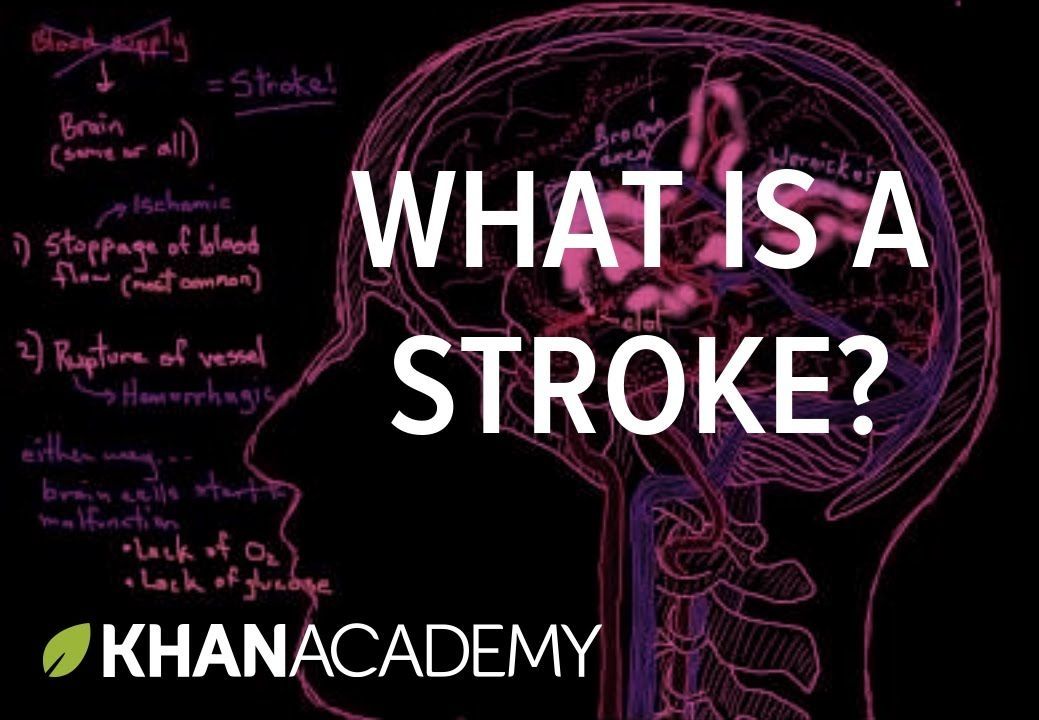Archive for the ‘biotech/medical’ category: Page 2396
Aug 7, 2017
CRISPR star Jennifer Doudna calls for public debate on embryo editing
Posted by John Gallagher in categories: biotech/medical, genetics
Jennifer Doudna reflects on what she sees as achievements and misuses of CRISPR genetic editing method.
Aug 5, 2017
This FDA Approved Drug Could Permanently Repair Brain Damage in Stroke Victims
Posted by Shane Hinshaw in categories: biotech/medical, neuroscience

- Using a drug already approved for clinical trials, researchers were able to reduce brain damage and boost the growth of new brain cells in mice suffering from strokes.
- The research offers new hope to those dealing with the aftermath of strokes, which are the fifth leading cause of death in the United States.
Researchers from the University of Manchester have developed a new treatment that could limit the damage caused by strokes and also promote repair in the affected area of the brain. What’s more, the drug they’re using has already been clinically approved.
Aug 5, 2017
The risk of a transhumanist future
Posted by Zoltan Istvan in categories: biotech/medical, military, sustainability, transhumanism
But a British PhD candidate has warned of the darker side of a transhumanist future.
Sociologist Alex Thomas of East London University believes that transhumanism will further enforce a societal obsession with “progress” and “efficiency” at the expense of social justice and environmental sustainability. In an article published this week in The Conversation, Thomas argues that unbridled technological progress, in which technology “become more intrusive and integrate seamlessly with the human body”, could lead to a loss of basic societal values such as compassion and a concern for the environment.
Transhumanism and advanced capitalism are two processes which value “progress” and “efficiency” above everything else. The former as a means to power and the latter as a means to profit. Humans become vessels to serve these values. Transhuman possibilities urgently call for a politics with more clearly delineated and explicit humane values to provide a safer environment in which to foster these profound changes.”
Aug 5, 2017
The Age of Cyborgs Has Arrived
Posted by Klaus Baldauf in categories: bioengineering, biotech/medical, cyborgs, transhumanism
Cyborgs have arrived and are living among us. From pacemakers to bionic eyes to cochlear implants, these are all examples of biohacking.
Aug 4, 2017
Transforming T Cells to Regulate the Immune System
Posted by Steve Hill in categories: biotech/medical, life extension
An interesting new study has demonstrated a method to reprogram specific T cells. Much like researchers have been experimenting recently with macrophages and making them change into an anti-inflammatory rather than a proinflammatory type, the team here has achieved similar results with T cells.
As we age the immune system becomes dysfunctional, either due to immune cells become overactive and creating too much inflammation or by cells that suppress the immune system such as senescent cells that inhibit cell function.
A dysfunctional immune system leaves us vulnerable to diseases and chronic levels of inflammation from excessive immune responses prevent tissue regeneration and wound healing. The researchers here have discovered how to target pro-inflammatory T cells that increase the immune response and inflammation and change them into anti-inflammatory cells that suppress the immune response, and vice versa.
Aug 4, 2017
Thanks to a Novel Protein, We Could Bring an End to Obesity
Posted by Shane Hinshaw in category: biotech/medical
Obesity affects more than 600 million adults and around 41 million children under the age of 5 according to the Center for Disease Control and Prevention. Researchers may have found a way to halt the development of both type 2 diabetes and obesity in humans using a recently discovered protein.
Aug 3, 2017
Study Shows Injectable Electronic Neural Lace Melds With Neurons Without Causing Immune Response
Posted by Montie Adkins in categories: biotech/medical, Elon Musk, neuroscience, transhumanism

In step forward for Elon Musk’s neural lace and transhumanists everywhere, a new paper published this month by researchers at Harvard University reports on the successful implantation of an electronic neuromorphic mesh in the brains of mice without triggering an immune response.
Neuroprostheses show promise in the treatment of Alzheimer’s Disease, Parkinson’s Disease, epilepsy, traumatic brain injury and for the creation of brain-machine interfaces such as the neural lace, but a major stumbling block for researchers has been the propensity of these implants to induce an immune response, inflammation and scaring in the brain, severely limiting their potential use.
Aug 3, 2017
The Wizards of Armageddon set up shop in Silicon Valley
Posted by Dan Kummer in categories: biotech/medical, cybercrime/malcode, drones, government, robotics/AI, space
Ready and waiting at an arms reach from the government, the Research and Development Corporation (RAND) has helped the U.S. think through some of the toughest scientific and regulatory challenges since the 1940s. This year, the think tank is opening its first office in the San Francisco Bay Area. Its positioning itself to weigh in on some of Silicon Valleys largest research projects, like autonomous vehicles, drones, AI, cybersecurity and telemedicine.
But unlike the RAND of the past, this new version embodies the scrappiness of startup culture. Formally based out of a WeWork space, office director Nidhi Kalra and the rest of her SF team largely work decentralized from homes and coffee shops around the Bay Area.
The team of a dozen researchers is here to study the development of new technologies and the way in which state and local authorities are working side-by-side with startups to keep everyone safe without sundering innovation.
Continue reading “The Wizards of Armageddon set up shop in Silicon Valley” »
Aug 3, 2017
The far-future dystopia of genome hacking
Posted by John Gallagher in categories: biotech/medical, futurism
“Worse than death:” The far-future dystopia of genome hacking.
This scientist’s thought experiment will give you nightmares.















